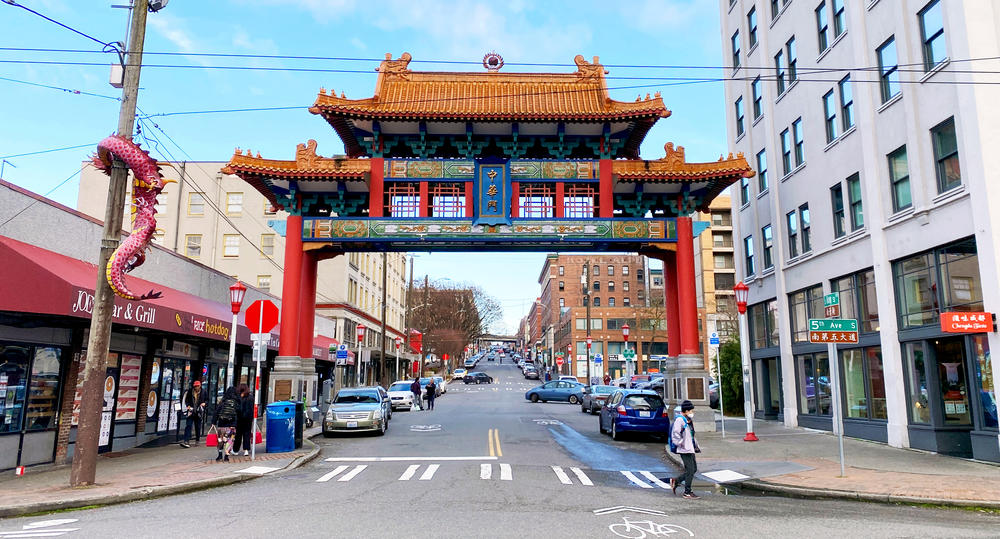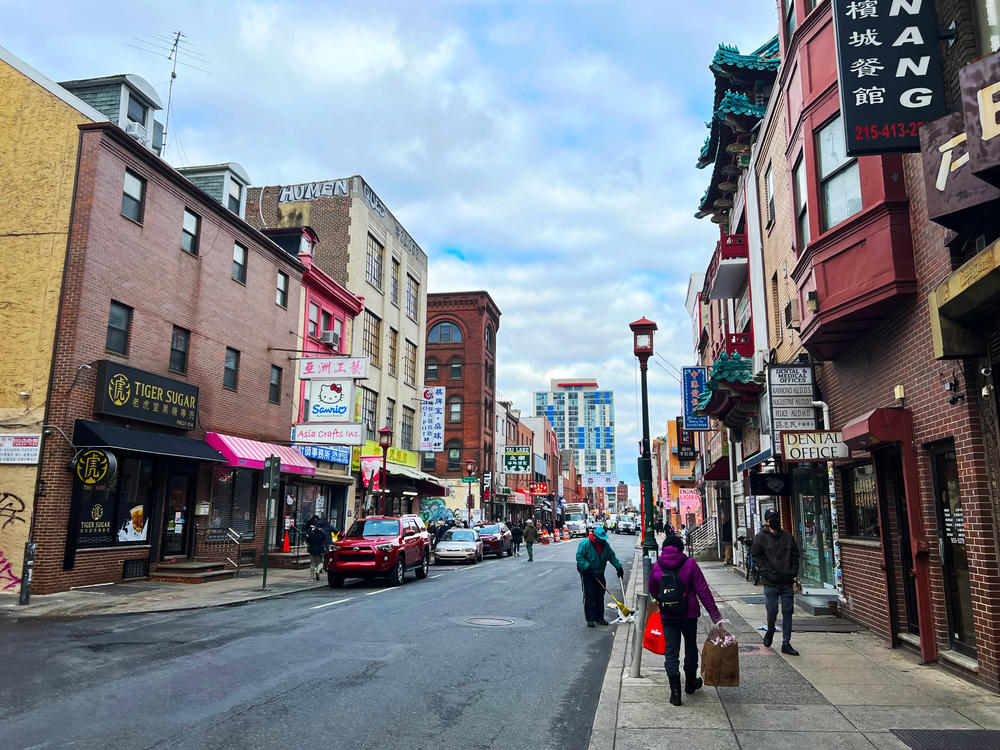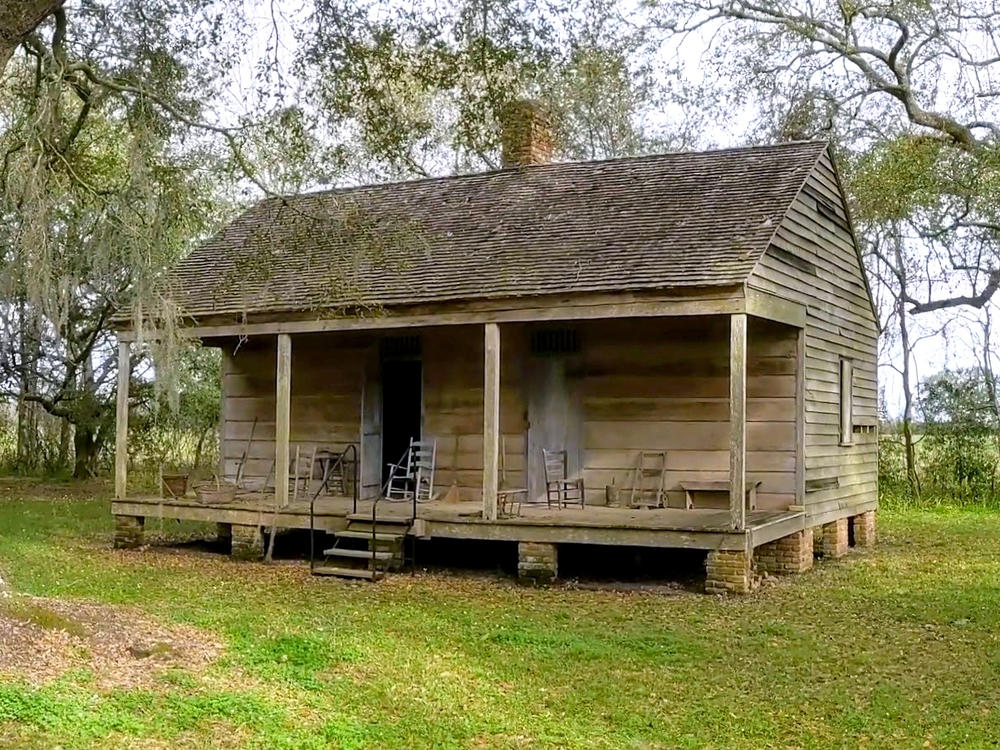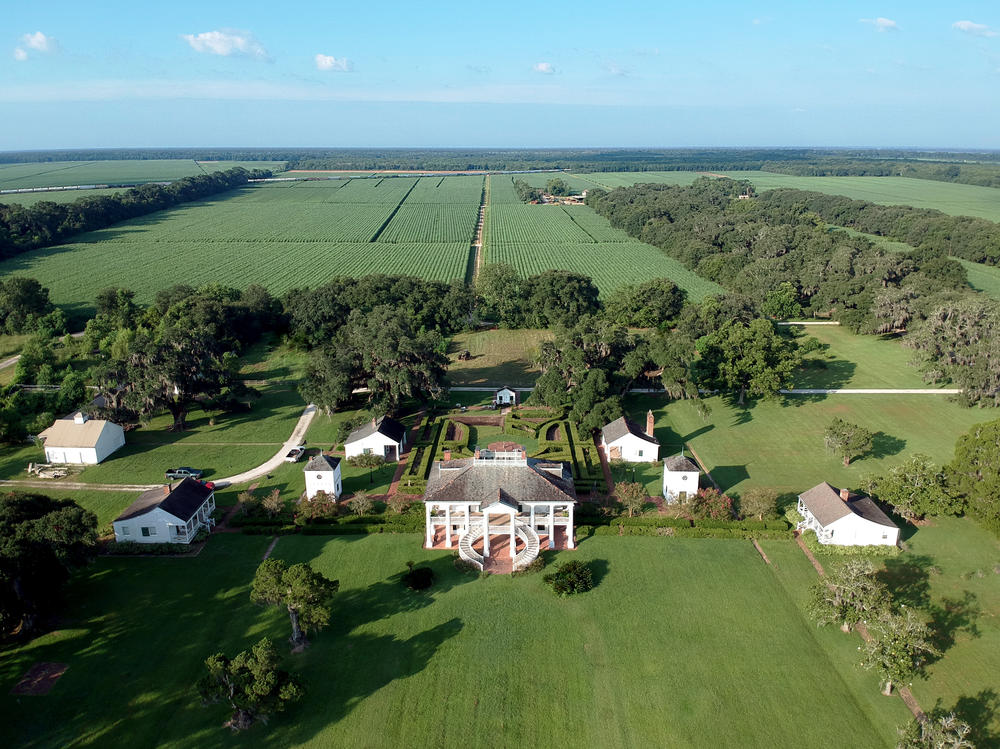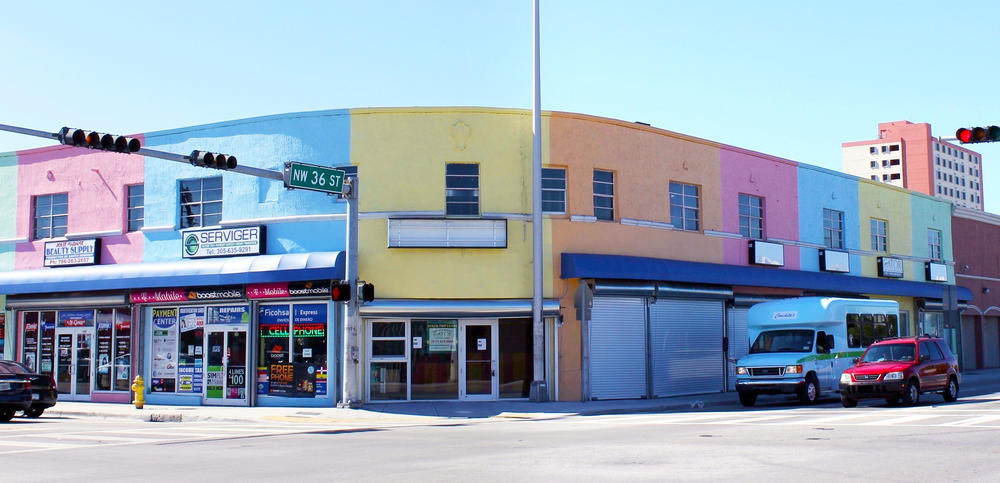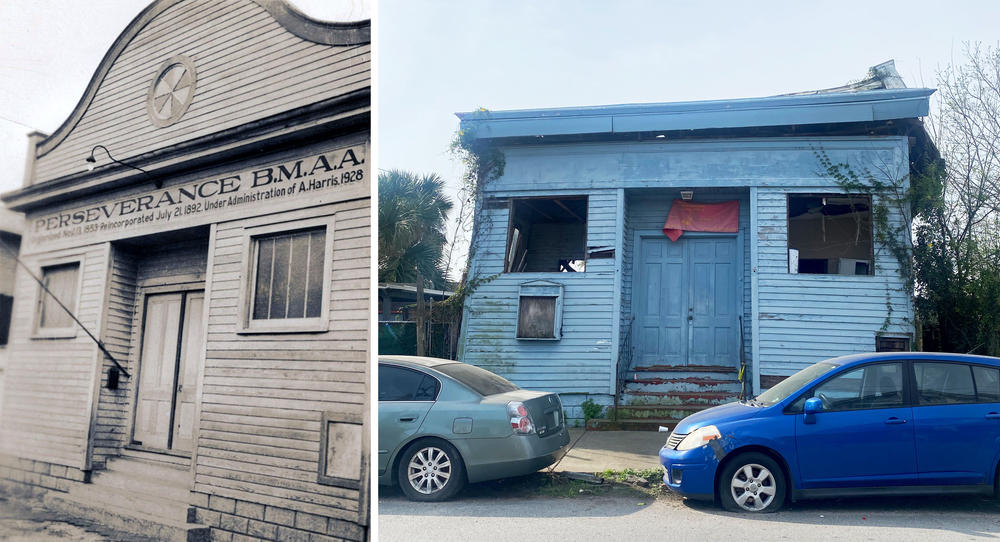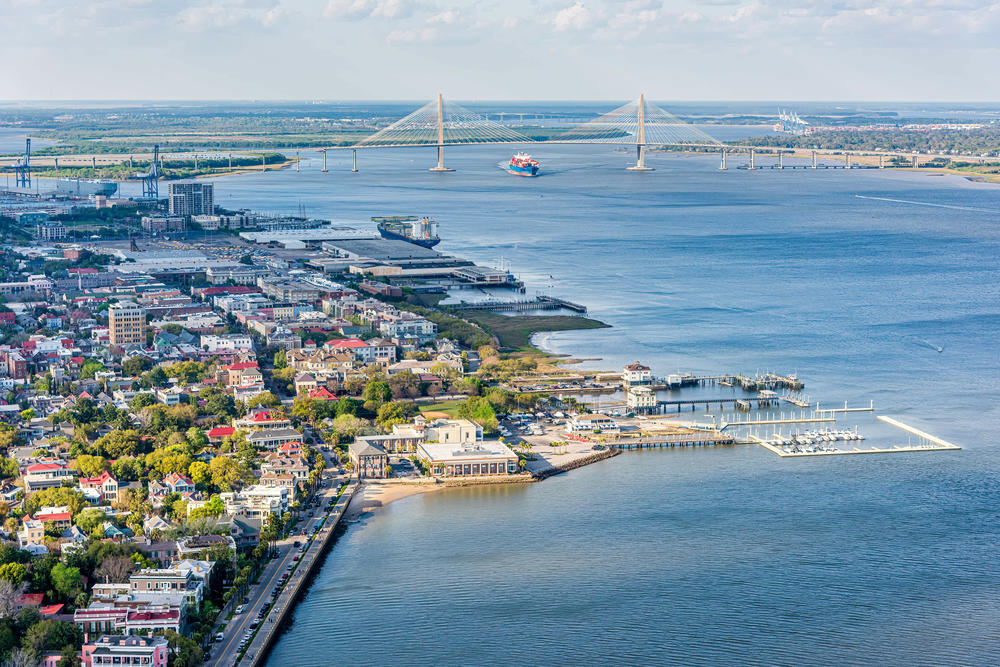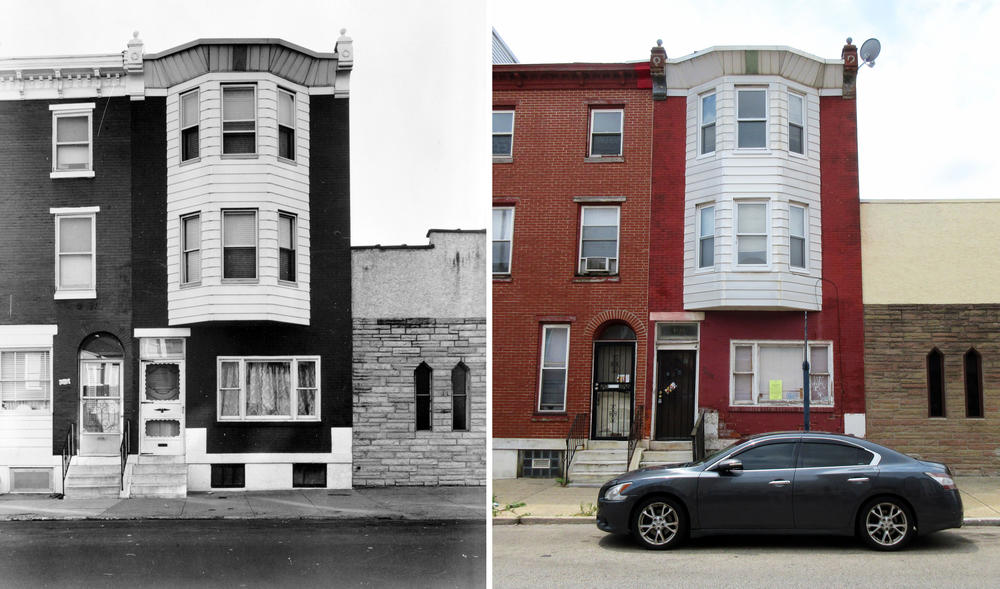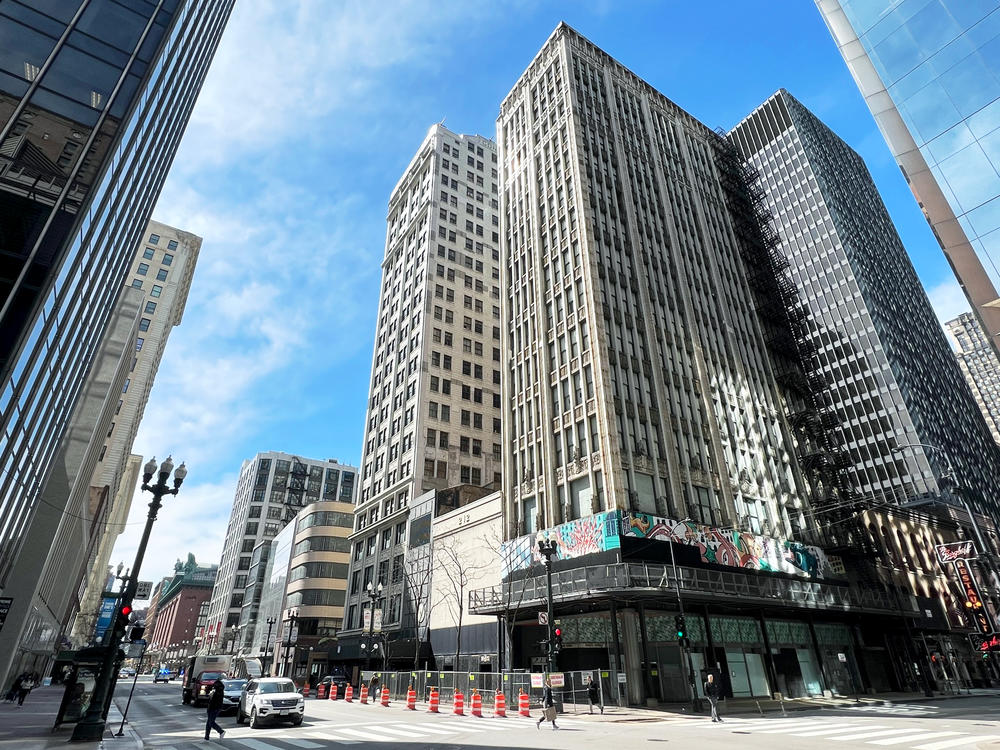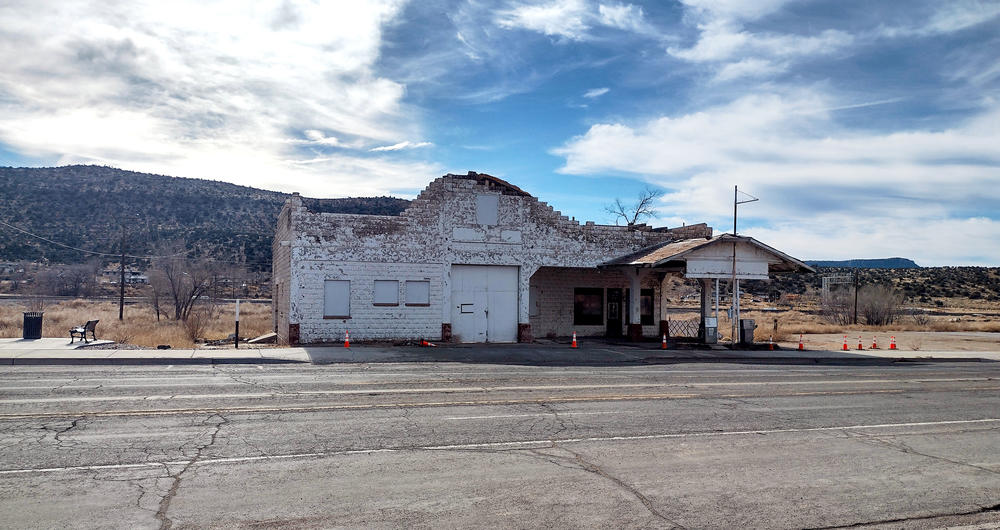Section Branding
Header Content
Here's the latest list of the '11 Most Endangered Historic Places' in the U.S.
Primary Content
"It's very hard to narrow the list," admits Katherine Malone-France, the Chief Preservation Officer of the National Trust for Historic Preservation.
Malone-France, in heavy spectacles and a winsome air, is now describing the 11 most endangered historic places in the United States, per her organization's annual survey. It relies, she quickly points out, upon nominations from the general public.
The National Trust has generated this list since 1988 to draw attention to places in danger of being torn down or irreparably damaged. Sometimes, she says, those places are aesthetically grand. Others are humble in appearance but not in history.
"The most endangered historic places list looks like America," Malone-France says. "It tells our layered and interconnected stories. Each site on it, of course, is a powerful place in its own right. But I think there are also common themes, like creativity and entrepreneurship, perseverance, cultural exchange. There are sites that are deeply sacred. All of the sites have multi-generational narratives, and there are sites where descendants are stewarding the legacies of their ancestors. There are sites that include tiny villages in rural areas, and there are sites that include neighborhoods and buildings in large cities and everything in between."
Two of this year's sites are historic Chinatowns on opposite sides of the country. Philadelphia's Chinatown dates back to 1871. Seattle's Chinatown-International District cannot be traced to a specific year of origin, but it's one of the oldest Asian-American neighborhoods on the West Coast. Both are centrally located in downtown districts, irresistible to developers in recent decades.
Seattle's CID has been a battlefield between transit advocates bullish on adding a new light rail station to the neighborhood and local activists resistant to redevelopment and gentrification. The CID neighborhood remains scarred from the massive infrastructure addition of a highway constructed in the 1960s.
Philadelphia's Chinatown is currently threatened by a new stadium proposal from the city's NBA team. The owner of the 76ers wants to build a billion-dollar basketball arena on the neighborhood's southern end; local groups oppose the project.
"I'm proud to say that I was born and raised in Chinatown," says John Chin, executive director of the Philadelphia Chinatown Development Corporation. He believes a new stadium would result in the sort of deleterious effects that other big sports developments have wreaked on communities across the country. "This issue raises awareness that these rare communities of color like Chinatown still exist, and the importance of sustaining and preserving it," Chin says. "Chinatown is part of the social fabric of the diversity of the city. It's got a really meaningful economic and social reason to exist. Chinatowns across the country play this same role."
The National Historic Trust's annual list has helped save numerous sites in the past, says chief preservation officer Katherine Malone-France. She points to Camp Naco, in Bisbee, Ariz., as one example. "The camp had been decommissioned in 1923, and it faced a number of different challenges: vandalism, exposure, erosion, fire," she says. "But for the past 20 years, a group of local advocates has been fighting for this place. We listed it on the 2022 list, and since then, over $8 million in grants have been awarded to Camp Naco and the site is now being restored and programmed for community use."
She says all these endangered sites are extraordinary places where preservation, she believes, can help build a better future.
"The West Bank of St. John the Baptist Parish is the last undeveloped 11 miles along the Mississippi River, south of Baton Rouge," Malone-France says. "It is a place that is densely layered in historic sites, in archaeological sites that tell the full history of this country. It is a place where the descendants of people who were enslaved there are fighting for the preservation of its landscape, of its villages, of its archeological resources, of its culture and its stories. And it is threatened by the construction of a 275-foot grain elevator to store grain that is shipped down the Mississippi."
"To lose this place is to lose a story that is important to every single American," she says. "To lose this place is to lose a piece of ourselves. It is not lost yet. We can do things differently here."
And, she adds, at every one of the 11 sites on this year's list. Here are the rest:
Copyright 2023 NPR. To see more, visit https://www.npr.org.

